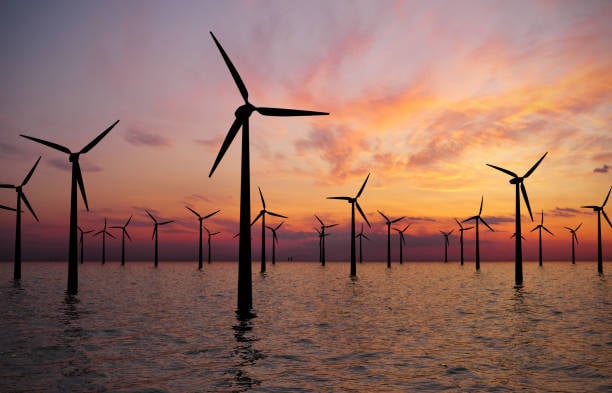
Engineering a cable for your offshore energy project can be challenging, especially when it is exposed to 6-meter waves and the ocean's constant movement. For those working on these projects, it is very important to focus on a dynamic cable design from the start. The sooner you start with it, the more you’ll benefit from it at a later stage. In this blog, we’ll tell you more about the impact of this on your project and the benefits it unlocks.
The challenge at sea
Floating solar panels, wave energy converters, and/or tidal power stations are exposed to the power of the sea. The marine environment challenges the cables connecting these engineering accomplishments to the global grid. The cables must have remarkable strength to endure the relentless demands and harsh conditions set by ocean currents, towering waves, and the rugged terrain of the sea floor.
Failure to address these challenges adequately can result in catastrophic consequences. Substandard cables may surrender to the relentless forces of nature, leading to costly damage, operational disruptions and even environmental harm. It's crucial to recognize the critical role dynamic cable design plays in ensuring the stability and longevity of offshore energy projects. To help you out, we’ve created a use case with inspiring examples for the growing renewables wave and tidal industry.
A closer look at the dynamic design
Dynamic cable design goes beyond the standard considerations of cable manufacturing. It's about anticipating how a cable will perform when faced with the ocean's strength. This involves understanding and preparing for the significant environmental conditions the cable will meet during it’s lifetime and to forces that could easily damage them.
Therefore it’s important to ensure that every aspect of the cable’s performance, from its response to physical stress to its long-term durability, is accounted for from the start. By integrating cable properties early on in the design process to your project’s model, such as OrcaFlex, you’ll gain valuable insights into your subsea cable performance.
The path to durability and efficiency
Making the cable an integral part of the design process from the beginning prevents costly redesigns and ensures that the cable, moorings and overall device design work in harmony. This holistic approach leads to a more durable, reliable and ultimately cost-effective solution.
For example, the seabed you are laying your cable on demands careful consideration. Whether you're laying cables on sandy bottoms, among rocks, or in clay, each type of sea floor has implications for your cable design. Decisions on whether to trench cables or lay them on the seabed surface depend on environmental legislation and practicality, with each choice bringing its own set of challenges and costs.
The role of an experienced partner
This is where the value of partnering with a cable manufacturer like DeRegt Cables becomes obvious. With a deep understanding of both the technical and environmental challenges of subsea cable design, DeRegt Cables brings valuable expertise to the table. Our engineers design and test your cable to thrive in the specific conditions they'll face, ensuring your project's success from below the surface.
Navigating the complex path from concept to creation in offshore projects becomes more transparent with a partner by your side. DeRegt simplifies this journey by offering a glimpse into the four critical steps for achieving durable deep-sea cable designs. Our free Use Case offers comprehensive offshore engineering knowledge. Download it now and guide your project to tangible success.



